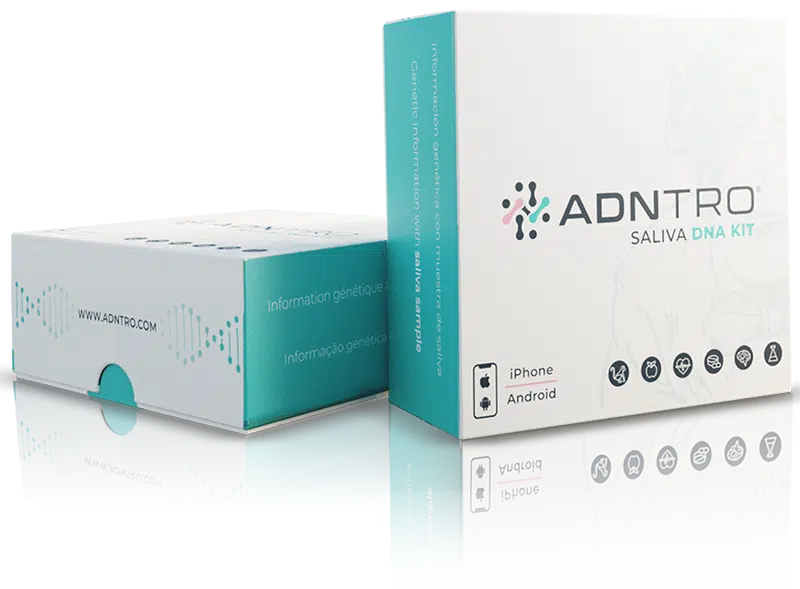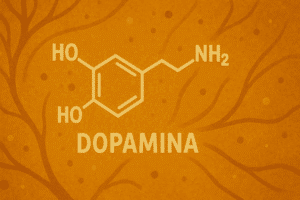SNPedia is a genetic variations wiki. It contains information on the effects (phenotype) associated with genetic variations (genotype) allowing a quick and easy query about your SNPs.
However, it is important to have certain knowledge on DNA structure to correctly interpret the SNPedia results. DNA is the carrier of genetic information and has two coiled strands. One is called a coding or positive chain ("plus" in SNPedia) and the other is called a non-coding or negative chain ("minus" in SNPedia).
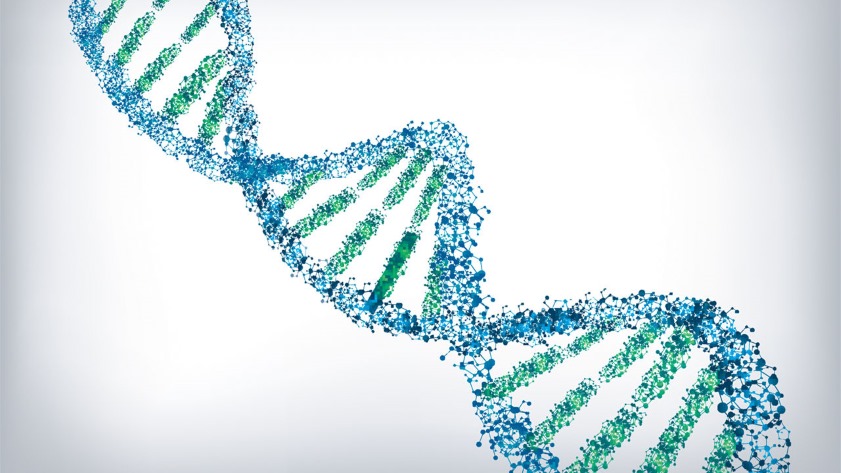
Both strands are of complementary character. What does this mean? That what is in the negative chain has to be complementary to what is in the positive chain so that they can unite and give that double helix structure so characteristic of DNA.
However, the DNA is more complex than just two coiled strands, DNA possesses among other things nitrogenous bases (the "little letters" of DNA) inside the helix. Each chain has its nitrogenous bases and they are linked through hydrogen bonds that would act as couplings between the nitrogenous bases to maintain the complete DNA molecule.
If we take DNA as a spiral staircase, the two chains would be the railings and the nitrogenous bases the steps. For these steps not to break, there must be complementarity between the nitrogenous bases. There are four main nitrogenous bases: guanine (G), cytosine (C), adenine (A), and thymine (T). If we have a G in the positive chain, due to the complementarity of bases, we will have a C in the negative chain. If we have a T in the negative chain, we will have an A in the positive chain.
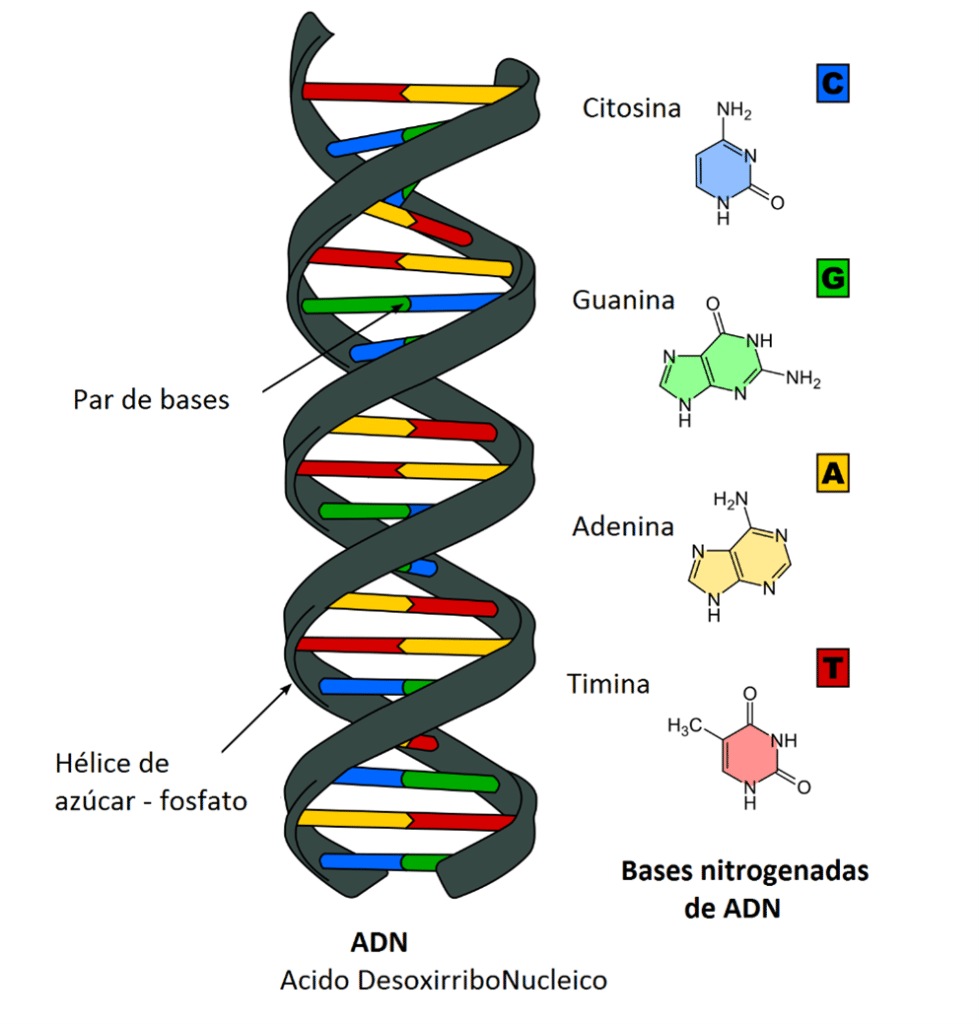
Therefore, if we search for example for the SNP rs4988235 in SNPedia, we will find that the genotype associated with lactose intolerance is C or CC. If we go back to the ADNTRO we will see that the risk allele for this SNP is G or GG. So, are my genetic variants poorly studied? NO! Pay attention! In this case SNPedia is giving us the allele information on the negative chain ("orientation" in SNPedia), while ADNTRO always gives the information based on the positive chain and as we well know, C is the complementary base of G.
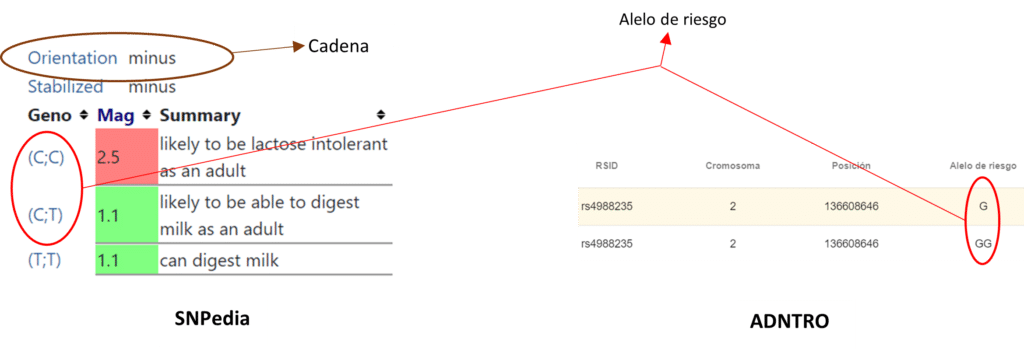
However, we must not forget that SNPedia is a wiki and as such is for collaborative use. It is possible that certain SNPs are not incorporated in the wiki or the information is sometimes a bit confusing. Through SNPedia, in most cases, you will be able to find links to scientific studies related to the phenotype that originates each SNP.
The most reliable sources and the sources we work with are scientific articles. Find out what's in your DNA with our DNA testing.

